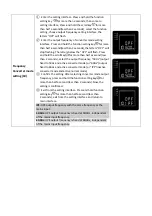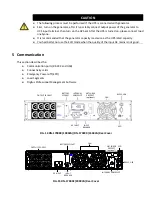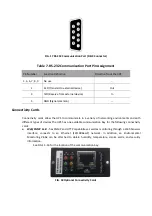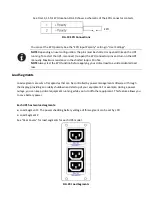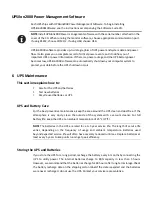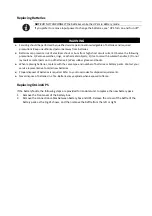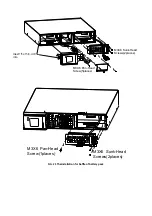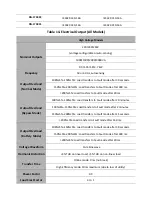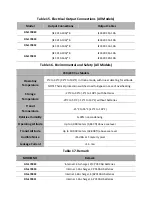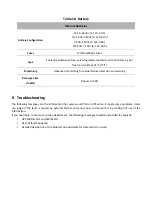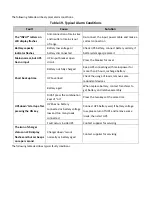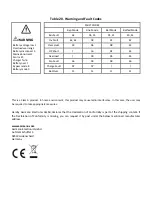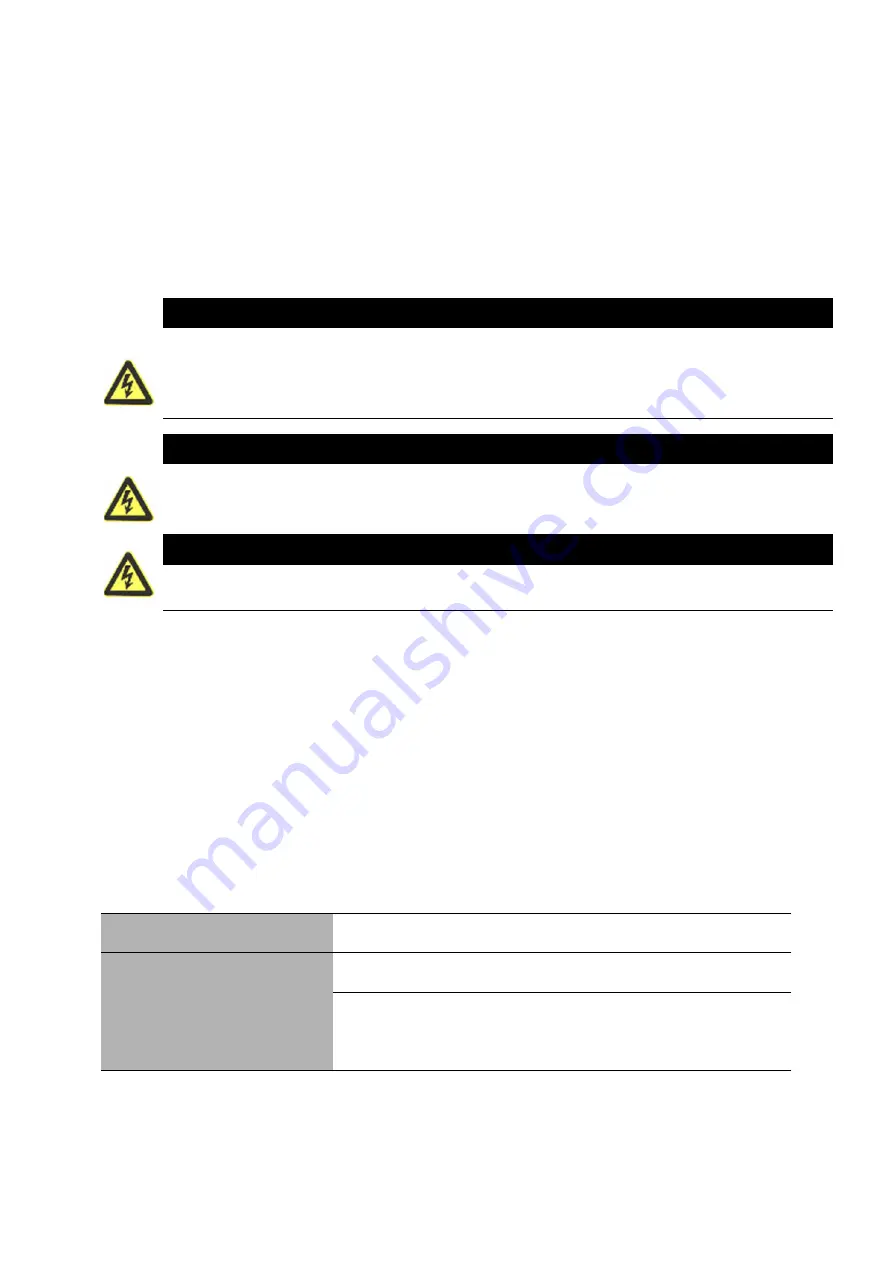
The UPS starts a battery test if the batteries are fully charged.TheUPS is in Normal mode with no active alarms,
and the bypassvoltage is acceptable.
During the battery test, the UPS transfers to Battery mode anddischarges the batteries for 10 seconds. The LED
indicators of the front cover stop cycling when the test is completed.
Recycling the Used Battery or UPS
Contact your local recycling or hazardous waste center for information on proper disposal of the used
battery or UPS.
WARNING
Do not dispose of the battery or batteries in a fire. Batteries may explode. Proper disposal of
batteries is required. Refer to your local codes for disposal requirements.
Do not open or mutilate the battery or batteries. Released electrolyte is harmful to the skin
and eyes. It may be toxic.
CAUTION
Do not discard the UPS or the UPS batteries in the trash. This product contains sealed, lead-acid
batteries and must be disposed properly. For more information, contact your local
recycling/reuse or hazardous waste center
CAUTION
Do not discard waste electrical or electronic equipment (WEEE) in the trash. For proper disposal,
contact your local recycling/reuse or hazardous waste center.
7
Specifications
Model Specifications
This section provides the following specifications:
Communication options
Model lists
Weights and dimensions
Electrical input and output
Environmental and safety
Battery
Table 8. Communication Options (All Models)
Communication Bay
available independent communication bay for connectivity cards
Compatible Connectivity Cards
SNMP
card
Communication Ports
RS232 (DB-9): 2400 bps
USB



